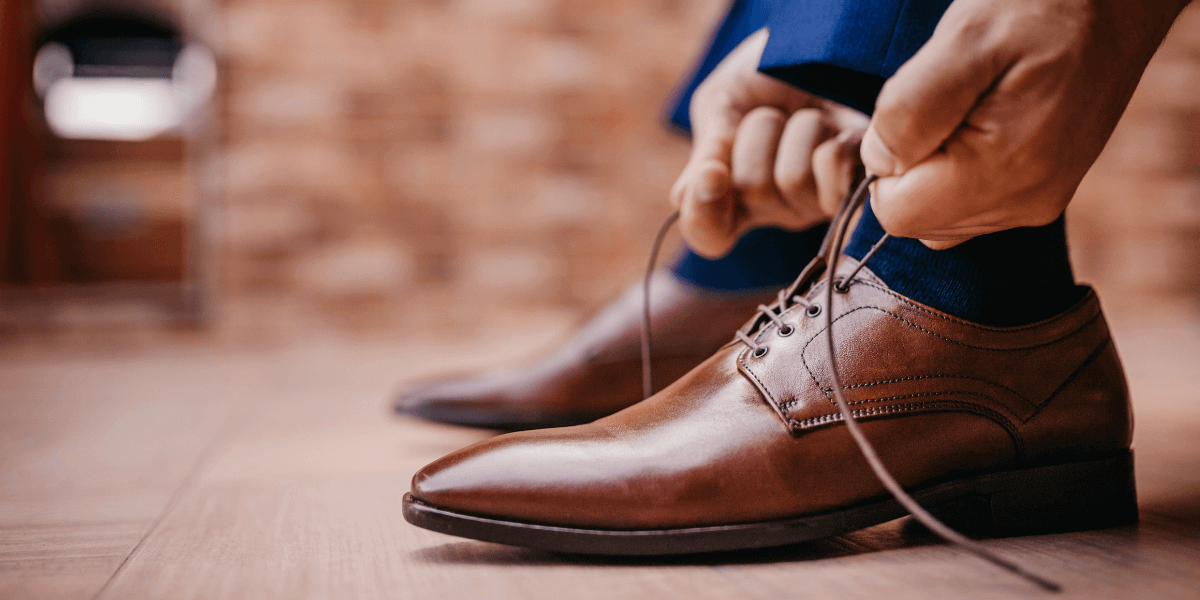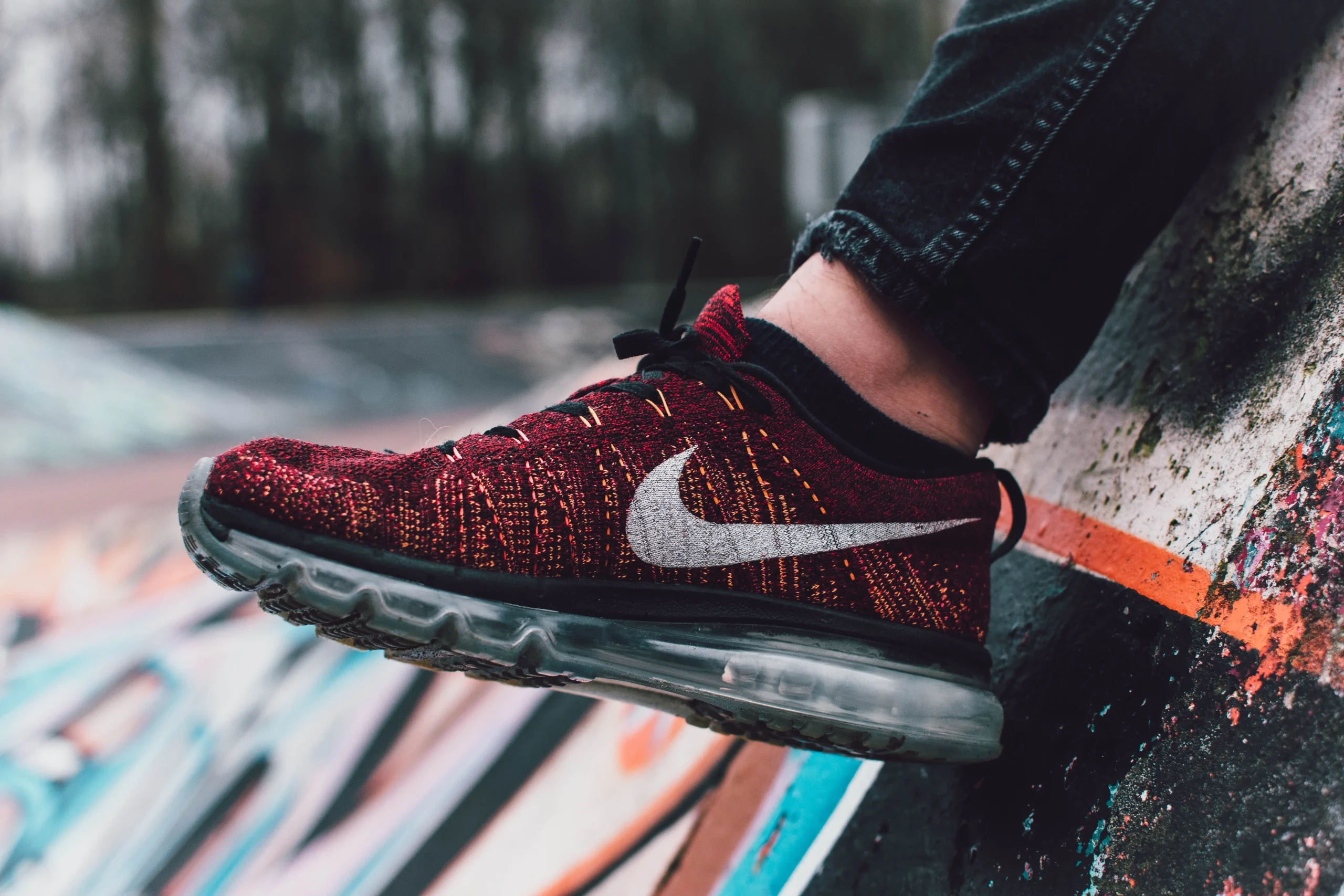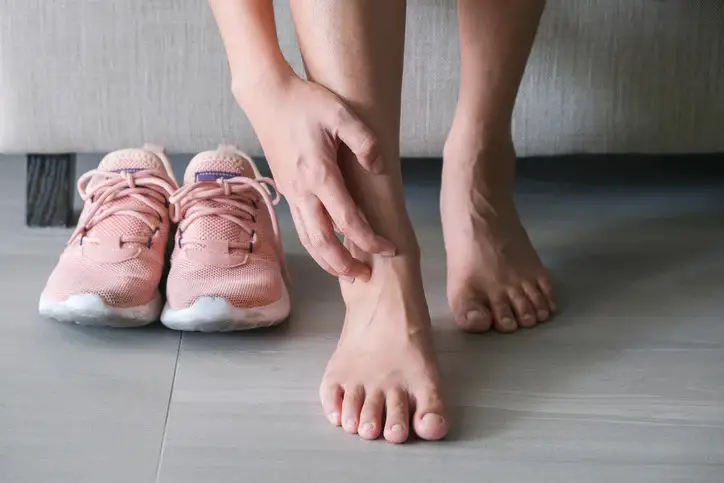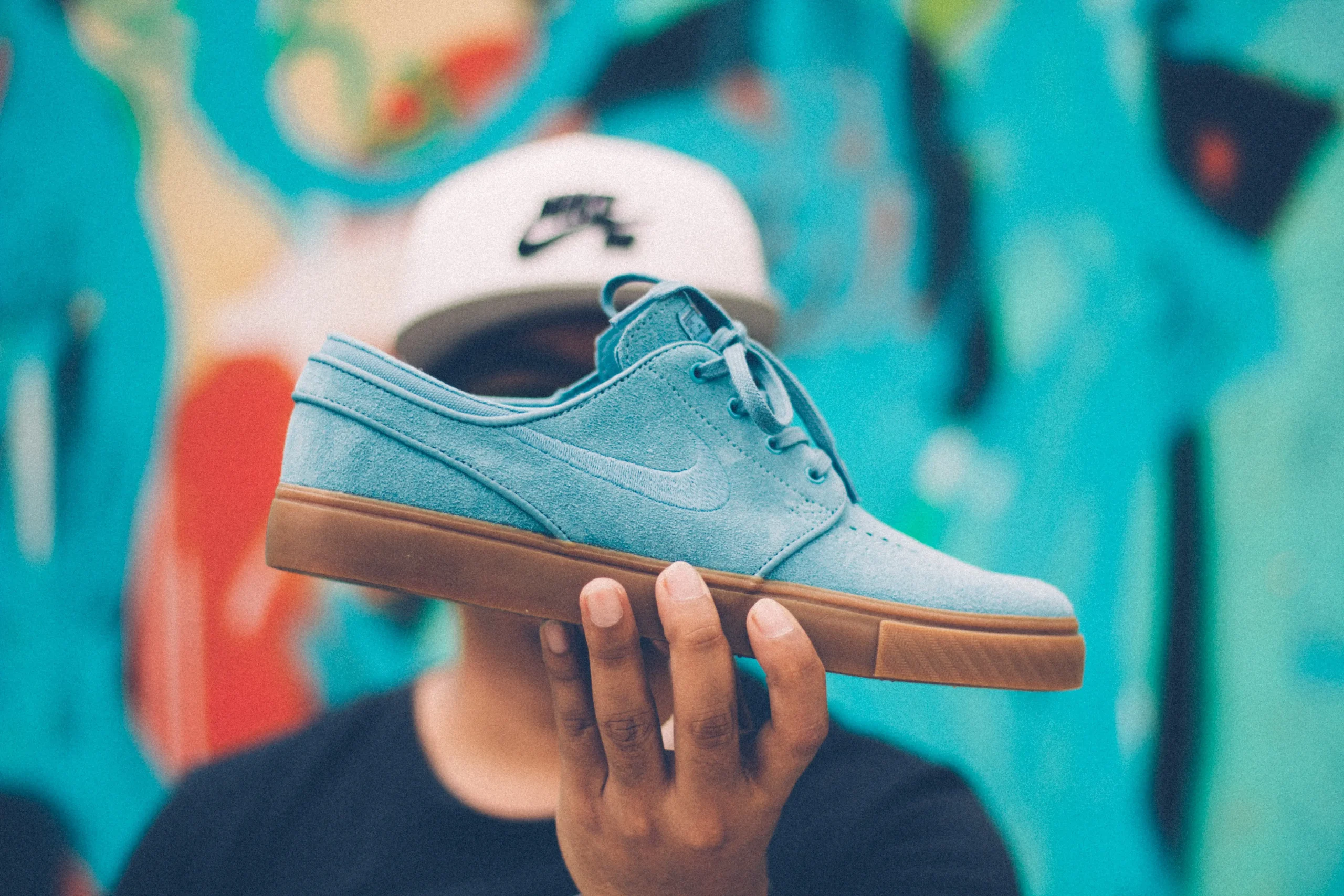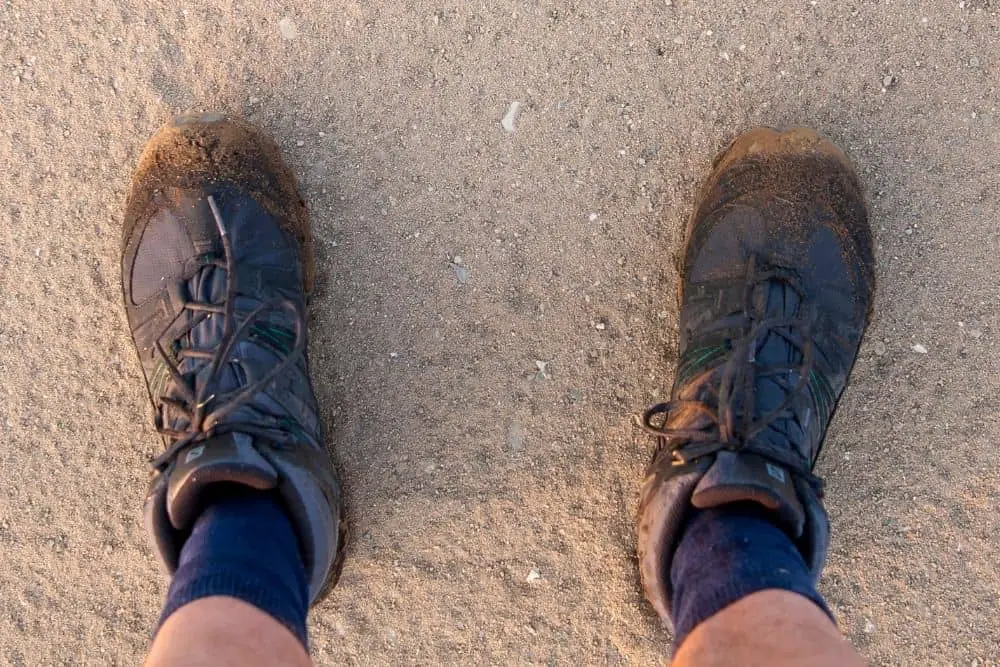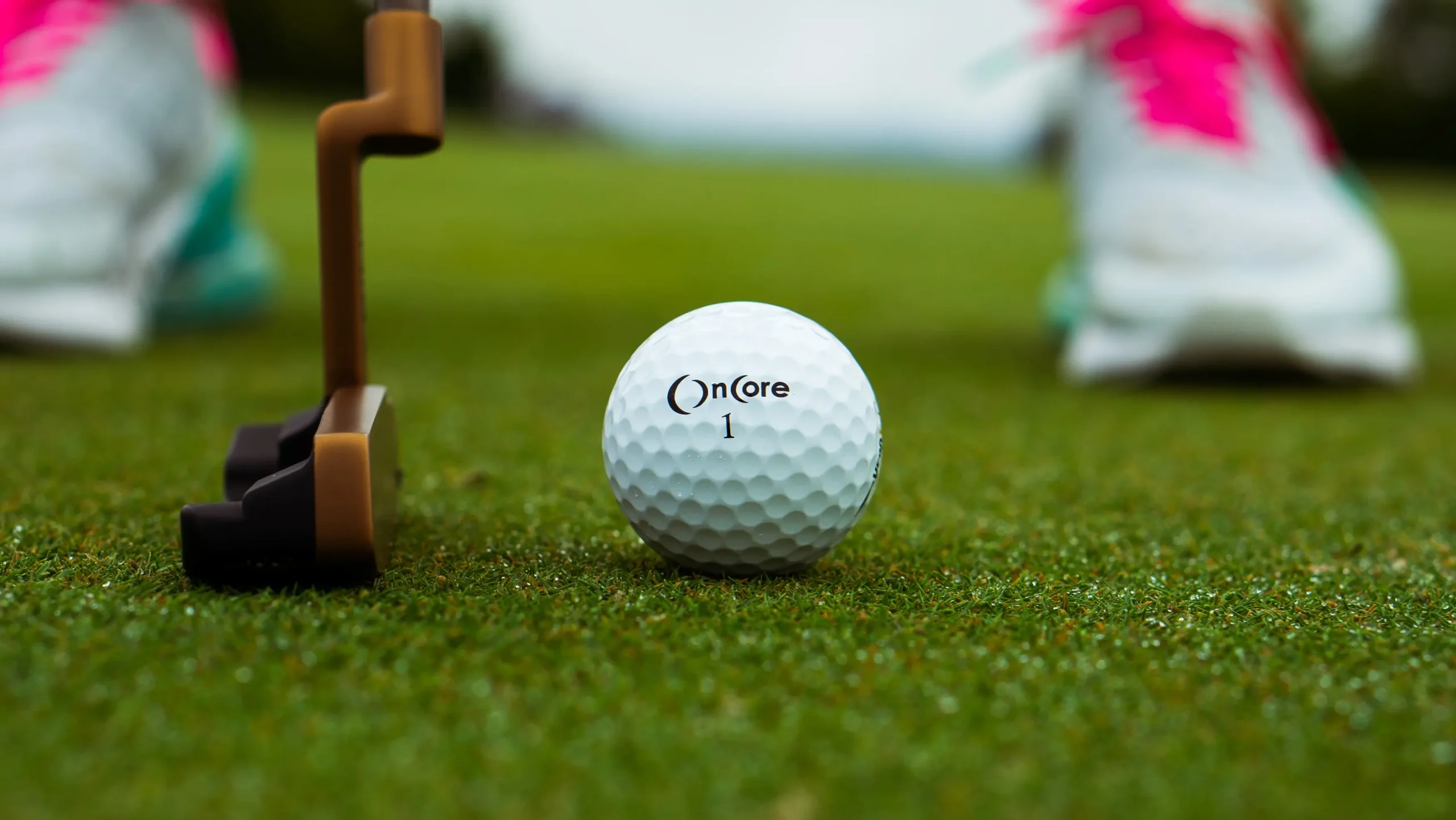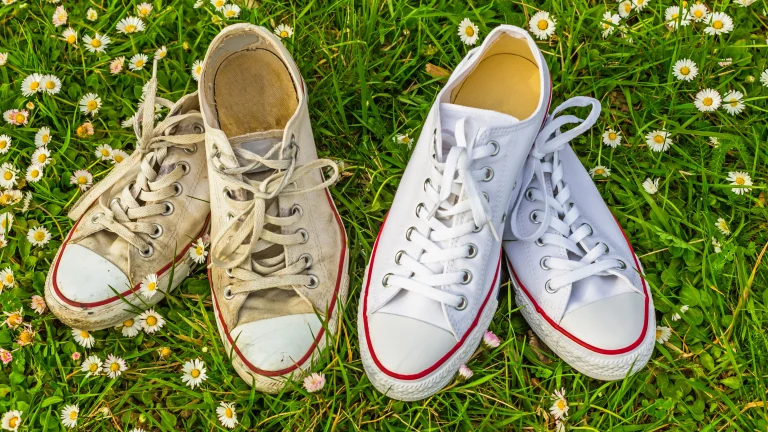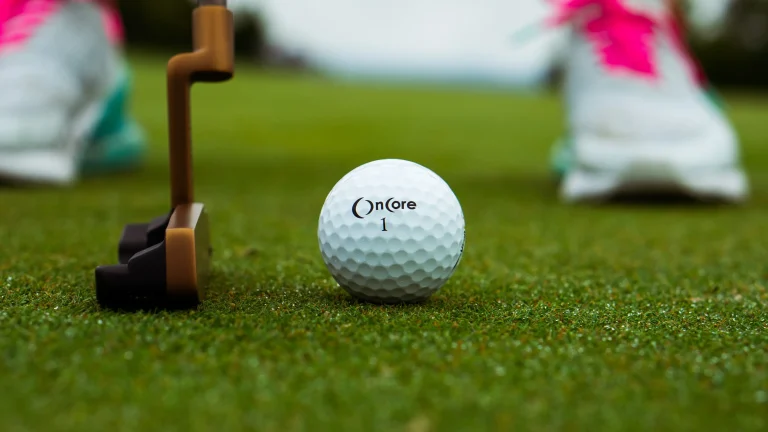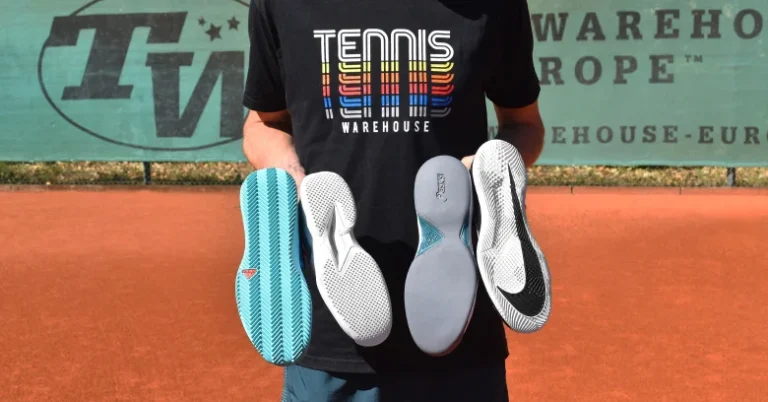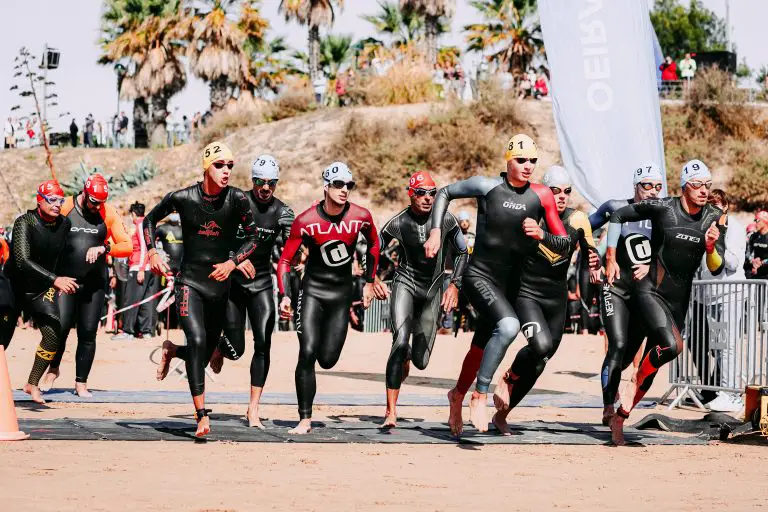Can Basketball Shoes Be Used For Volleyball?
When we are talking about sports footwear, choosing the right shoes is crucial for optimal performance and injury prevention. If you’re a basketball player who also enjoys playing volleyball, you might be wondering if your basketball shoes can be used for volleyball as well. In this blog post, we will explore the similarities and differences between basketball and volleyball shoes and provide you with all the information you need to make the best decision.
Basketball and volleyball are two of the most popular sports in the world, and they both require a lot of running, jumping, and cutting. However, the two sports have different demands on players’ feet, and this reflected in the design of their respective shoes.
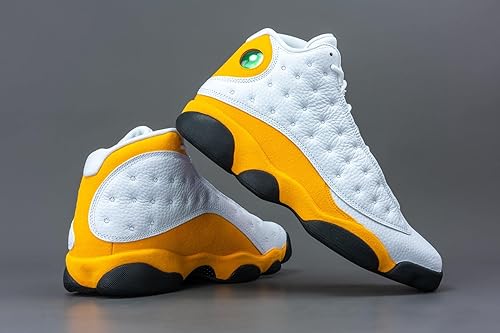
The Key Similarities Between Basketball Shoes and Volleyball Shoes
The key similarities between basketball shoes and volleyball shoes lie in their purpose and design features. While they are designed for different sports, they share some common characteristics:
Traction
Both basketball shoes and volleyball shoes prioritize traction on indoor courts. They feature rubber outsoles with patterns that provide grip and prevent slipping during quick movements.
The outsole patterns are designed to optimize traction on smooth indoor surfaces.
Cushioning
Both types of shoes prioritize cushioning to absorb impacts from jumping and landing. They often incorporate foam or gel cushioning in the midsole to provide comfort and reduce the risk of injuries.
The cushioning helps to absorb the shock and impact on the feet and joints during high-intensity movements.
Support
Both basketball shoes and volleyball shoes offer support for the feet and ankles. They typically feature reinforced uppers and ankle collars to provide stability and prevent injuries like sprains.
The support helps to keep the foot in place and reduces the risk of rolling or twisting during quick lateral movements.
Lightweight
Both basketball shoes and volleyball shoes are designed to be lightweight to enhance agility and quick movements on the court.
The lighter weight allows for faster footwork and reduces fatigue during prolonged matches.
Breathability
Both types of shoes often prioritize breathability to keep the feet cool and comfortable during intense matches. They may feature mesh or perforated uppers that allow air circulation and prevent excessive sweating.
The breathability helps to keep the feet dry and reduce discomfort during long periods of play.
Read More: Best Basketball Shoes For Achilles Tendonitis
Read More: Best Volleyball Shoes For Ankle Support
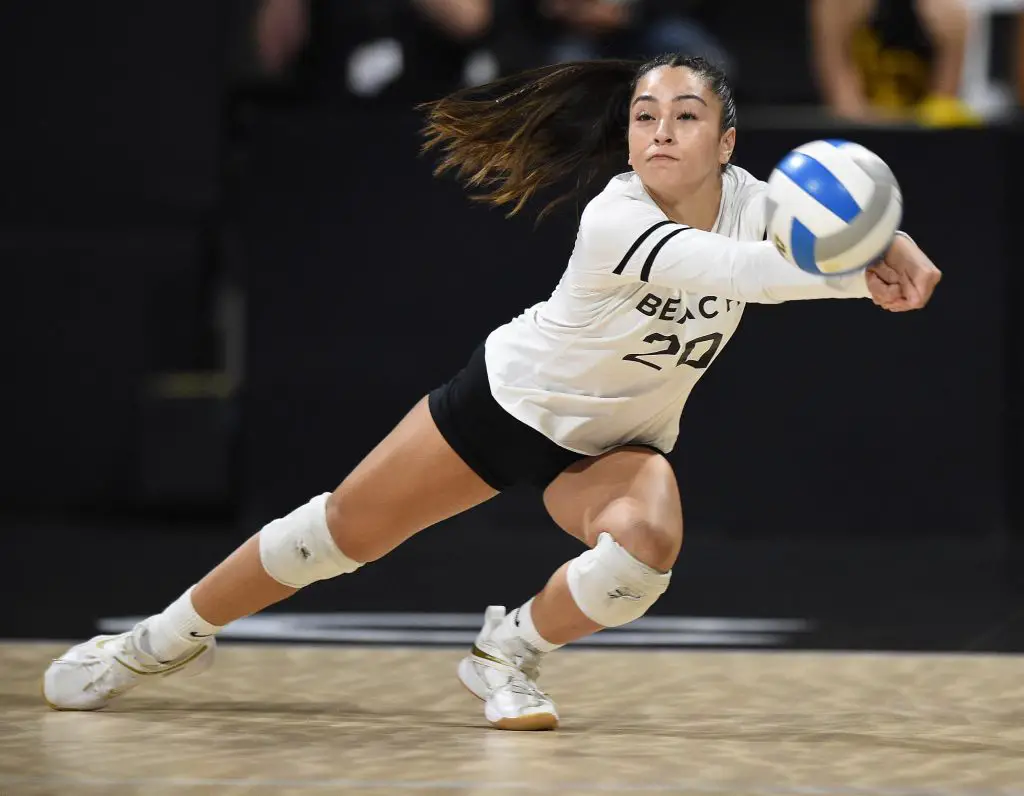
Basketball Shoes vs. Volleyball Shoes
Basketball shoes and volleyball shoes are designed for different movements and surfaces. The Basketball shoes are designed for hardwood floors, while volleyball shoes are designed for a variety of surfaces, including wood, rubber, and synthetic.
Volley shoes also have different features than basketball shoes. Basketball shoes have higher ankle support and more cushioning than volleyball shoes. This is because basketball players often have to make sudden stops and changes in direction.
Volleyball players, on the other hand, need shoes that are lightweight and flexible so they can move quickly and easily around the court.
| Feature | Basketball Shoes | Volleyball Shoes |
|---|---|---|
| Weight | Heavier | Lighter |
| Cushioning | More cushioning | Less cushioning |
| Traction | Good traction for lateral movements | Great traction for quick cuts and pivots |
| Support | More support | Less support |
| Breathability | Less breathable | More breathable |
The Main Differences Between Basketball Shoes and
Volleyball Shoes
The key differences between basketball shoes and volleyball shoes lie in their design features and specific functionalities. While both types of shoes designed for indoor court sports, they are tailored to meet the unique demands of each sport.
Here are the key differences between basketball shoes and volleyball shoes:
Outsole Design
Basketball shoes typically have a thicker and more durable outsole with a herringbone or multidirectional pattern. This design provides excellent traction for the quick lateral movements and frequent changes in direction common in basketball.
In contrast, volleyball shoes have a thinner outsole with a gum rubber or non-marking rubber compound. The outsole pattern is usually more intricate, featuring a combination of circular and hexagonal patterns to enhance grip during quick forward and backward movements.
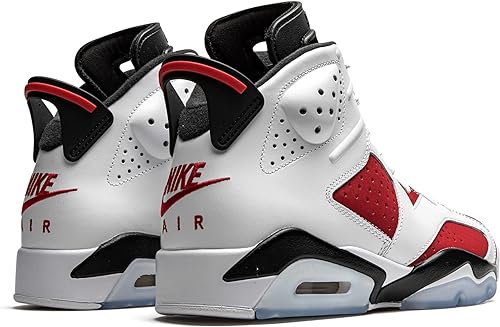
Cushioning
Basketball shoes prioritize cushioning to absorb impacts from jumping and landing. They often feature thicker midsoles with responsive foam or gel cushioning to provide comfort and protect against high-impact movements.
Volleyball shoes also offer cushioning, but they are typically lighter and more responsive to cater to the quick, agile movements involved in the sport.
Ankle Support
Basketball shoes often feature high-top designs with extended ankle collars to provide extra support and stability for the ankles. This design helps prevent ankle injuries during the frequent jumping and landing in basketball.
In contrast, volleyball shoes generally have low-top designs to allow for maximum mobility and agility. The focus is on providing support and stability to the foot rather than the ankle.
Weight
Volleyball shoes typically lighter in weight compared to basketball shoes. The lighter weight allows for quicker movements and agility on the court, which is crucial in volleyball.
Basketball shoes, on the other hand, may be slightly heavier to provide additional stability and support for the physical demands of basketball.
Breathability
Volleyball shoes often prioritize breathability to keep the feet cool and comfortable during intense matches. They feature mesh or perforated uppers that allow air circulation and prevent excessive sweating.
Basketball shoes may also have breathable features, but they may prioritize other aspects like durability and support over breathability.
Toe Protection
Volleyball shoes often have reinforced toe caps or overlays to protect against toe dragging, which is common in volleyball. This feature helps prevent wear and tear on the shoe and provides extra durability.
Basketball shoes may not have the same level of toe protection, as toe dragging is not as prevalent in basketball.
Aesthetics
Basketball shoes often prioritize style and visual appeal, with various colorways and designs to cater to individual preferences.
Volleyball shoes, while also available in different styles, tend to have a more understated and functional design, focusing on performance rather than aesthetics.
Read More: Best Girls Volleyball Shoes:
Read More: Best Pickleball Shoes For Plantar Fasciitis
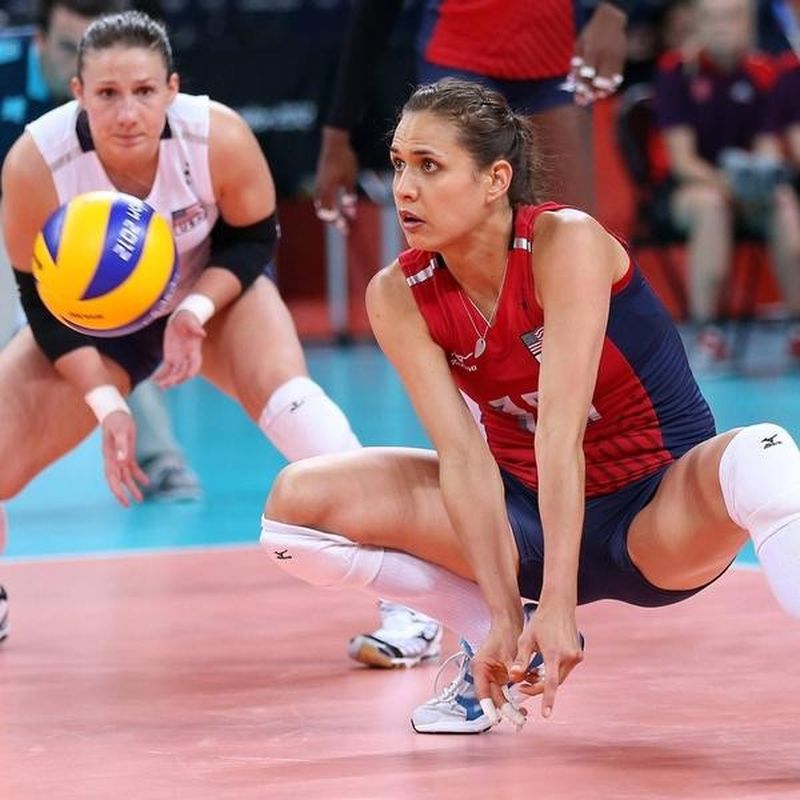
Which type of shoe is right for you?
If you are serious about playing volleyball, it is best to invest in a pair of volleyball shoes. Volleyball shoes designed specifically for the movements and demands of the sport, and they will help you to perform your best and reduce your risk of injury.
However, if you are a casual volleyball player or if you cannot afford to buy a pair of volleyball shoes, you can wear basketball shoes for volleyball. Just be aware of the limitations of basketball shoes and take steps to minimize your risk of injury.
Tips for wearing basketball shoes for volleyball
- Choose a pair of basketball shoes that are lightweight and flexible.
- Avoid basketball shoes with high tops, as these can restrict your ankle movement.
- Make sure that the basketball shoes have good traction.
- Warm up properly before playing volleyball in basketball shoes.
- Be careful when making quick lateral movements and sudden stops.
- If you feel any pain in your feet or ankles, stop playing immediately.
Can basketball shoes be used for volleyball? Expert Opinion
After a healthy debate on said question, let’s know what the expert said on this matter:
Basketball shoes are designed to provide maximum support and cushioning for players who are constantly making lateral movements and landing from high jumps. Volleyball shoes, on the other hand, are designed to be lightweight and provide good traction for quick cuts and pivots.
In certain situations, basketball shoes can be used for volleyball. But it is recommended to invest in specialized volleyball shoes for optimal performance, injury prevention, and overall comfort on the volleyball court.
Volleyball shoes specifically designed to meet the unique demands of the sport, offering better traction, lateral support, cushioning, and weight distribution. Using basketball shoes for volleyball may compromise performance and increase the risk of injuries.
Conclusion
While basketball shoes can used for volleyball in certain situations, it is generally recommended to invest in a pair of volleyball-specific shoes for the best performance and injury prevention.
Consider the unique demands of each sport and choose footwear that caters to those needs. Remember, your shoes play a vital role in your overall performance and comfort on the court.




